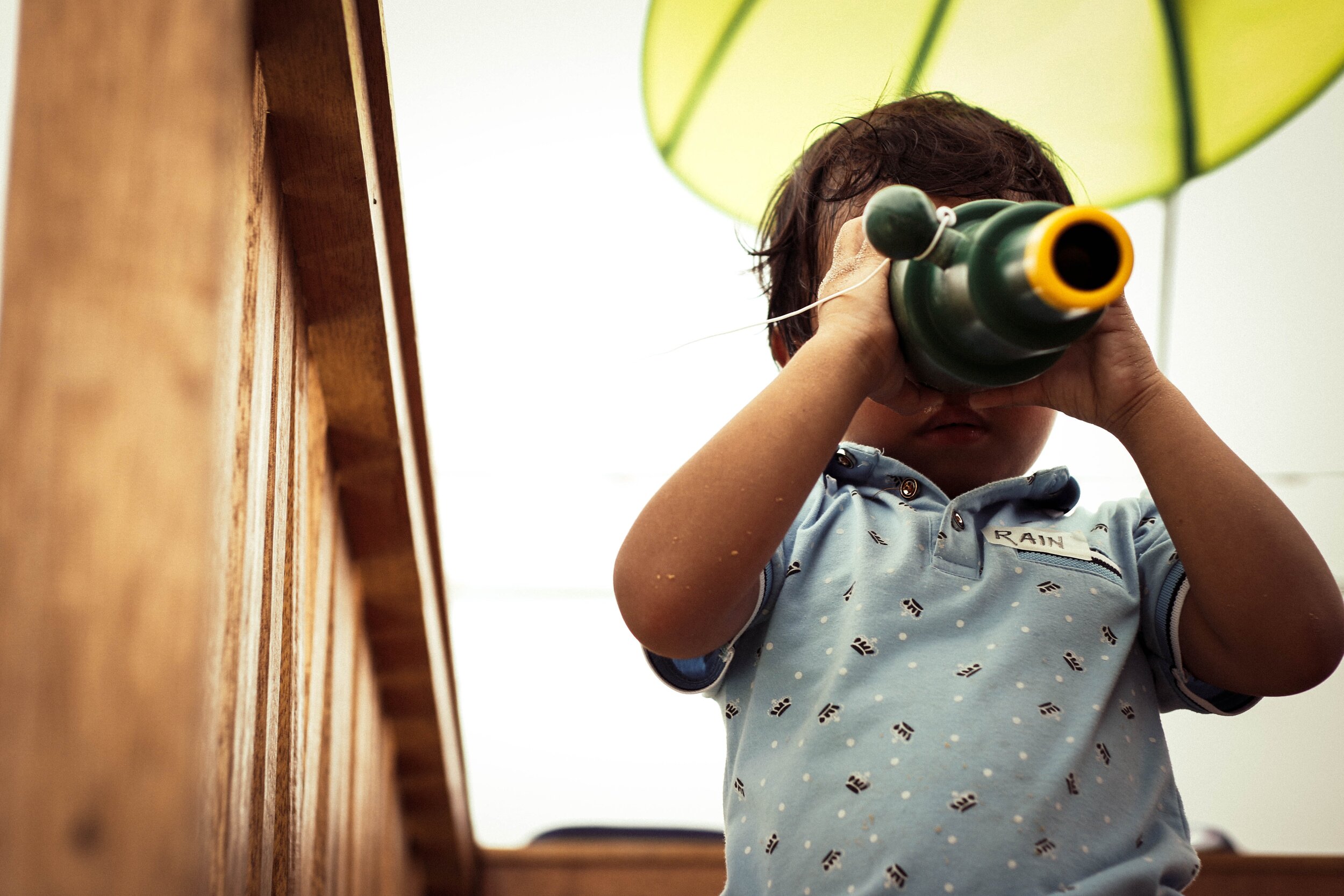5 emotions to use in your content and 2 you should avoid
It’s been proven that content that conjures an emotion is shared more often than content that doesn’t, and positive emotions are by far more effective than negative. When you consider the state of the world, it’s hardly surprising that we respond better to content that makes us feel good.
We’ve looked at why brands should tap into emotions when telling their story, so here we share some of the better emotions to use in your content, and a couple to avoid.
The Top 5 emotions for content
Awe - Think respect, fear and wonder all rolled into one emotion. Awe is actually the top emotion that appeals to people in content, because it often stops us in our tracks. Think: a stunning sunset, an amazing human feat, or an inspiring story.
Laughter – Ok, so laughter isn’t technically an emotion, but it’s a great way to connect to people through content. Who doesn’t like to take a break from their day to laugh at a video or find the humour in an article? (Feel like a laugh now? Have a read of this article we wrote for Corporate Traveller). Laughter can be related to an emotion that it’s expressed with, like joy, happiness, confusion, nerves, or embarrassment. So, if you’re looking to make your audience laugh, focus on one of these emotions.
Excitement – There’s nothing like getting your audience excited about something to elicit a response. This emotion can work best around events or scenarios that people look forward to or are enthusiastic about. That’s why it works well in top sporting code campaigns to hype up members for the season ahead, or to get outdoor enthusiasts ramped up for their next adventure.
Curiosity – It’s human nature to want to learn and find out more about things that pique your interest. And we’re doing it all the time – the saying ‘you learn something new every day’ is spot on. Tapping into your audience’s curiosity can be one of the best ways to draw them further into your brand’s sphere. How do you use curiosity in a campaign? Try sharing a little-known fact or the start of an interesting story.
Empathy – This is a fine line to walk with audiences, where you’re trying to tap into their sympathy and understanding without bringing out sadness or making them look the other way. But empathy can be effective in the right campaign and is often used by charities (which is exactly what we did with this video we created for Sunny Street, and this one for the TRI Foundation).
2 Emotions Where You Need To Tread Carefully
Anger – The first emotion that we’d suggest you actively avoid. Getting your audience angry isn’t an ideal way to get them onside with your brand (unless they’re joining you in being angry about something else, but that’s risky and not a good look). No one likes to get angry when they’re going about their day, so bringing this emotion to the surface in your campaign won’t do your brand any favours.
Sadness – This can work if handled carefully, but it takes skill and a fair degree of emotional intelligence. Tugging at the heart strings is effective, but remember to give your audience an out - ie, an uplifting resolution. There are more positive emotions we’d recommend tapping into first.


